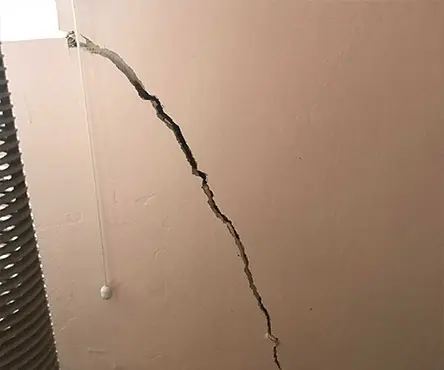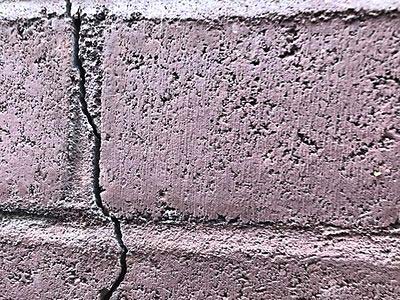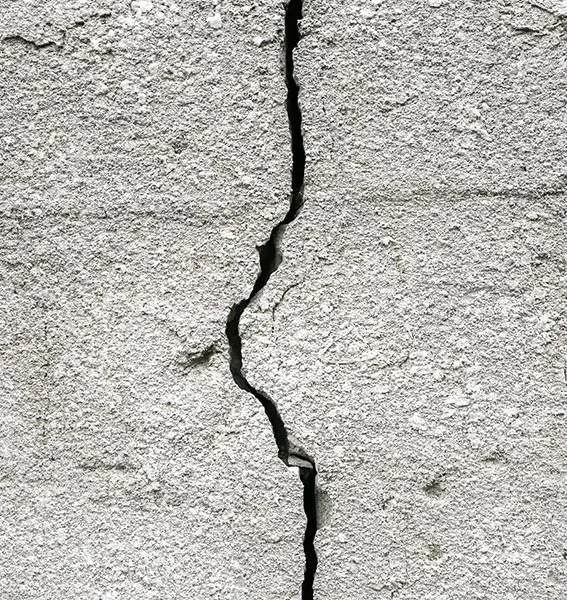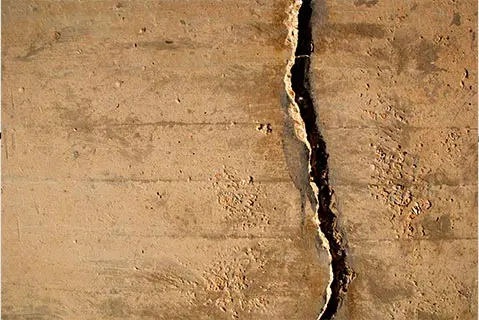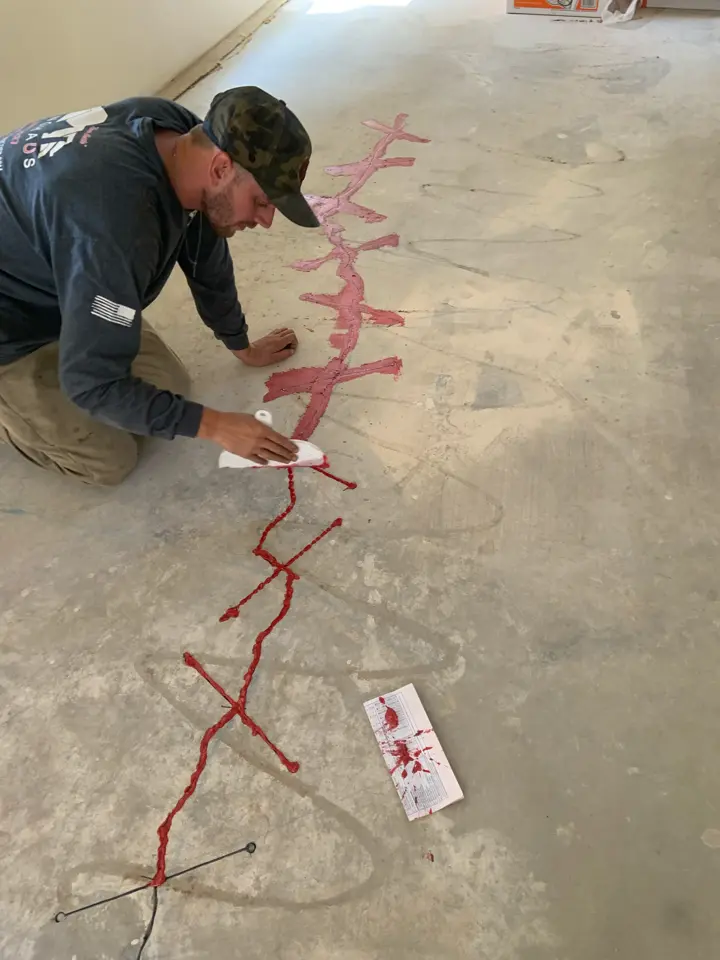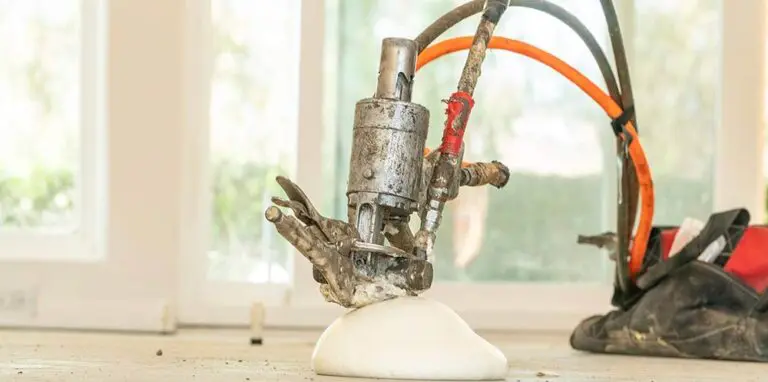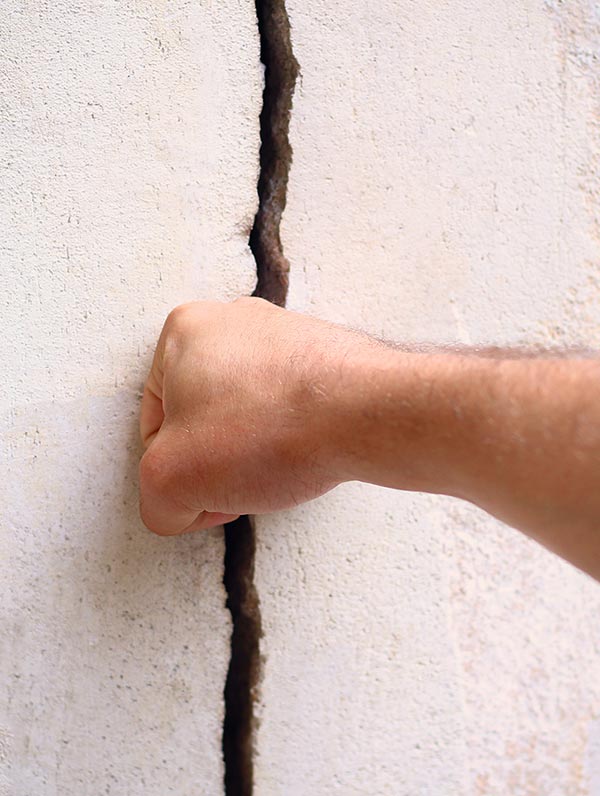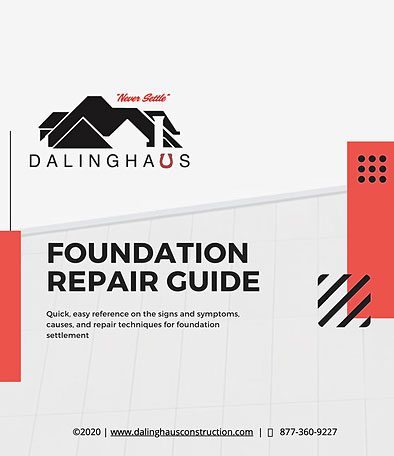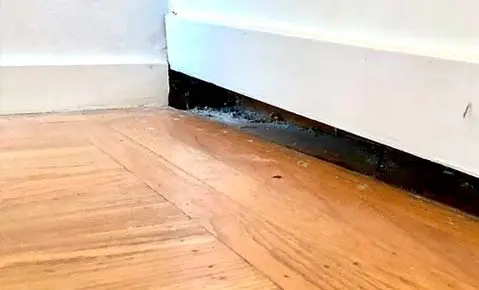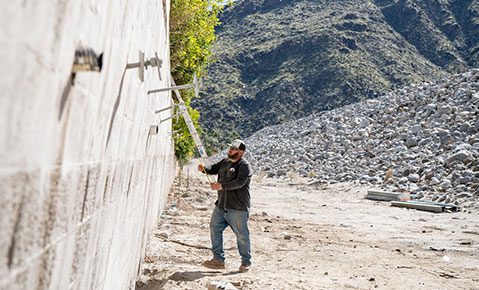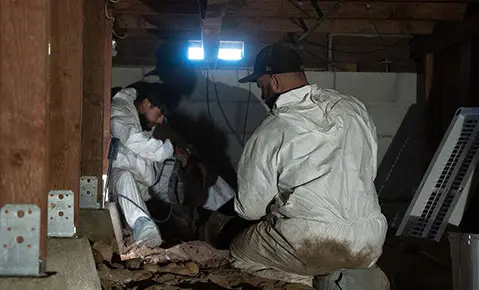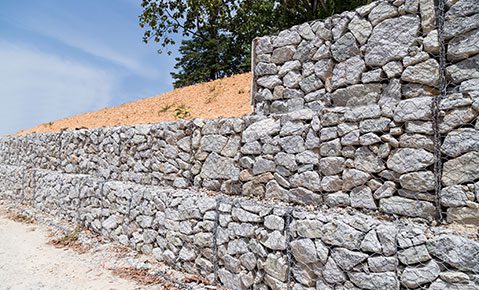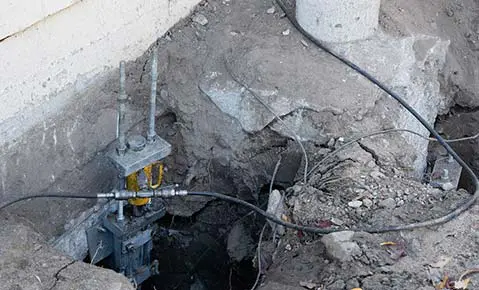Looking for information about vertical wall cracks? If so, don’t hit that back button because you’ve landed on the right page. In this article, we’re going to talk about the differences between vertical and horizontal wall cracks, the causes of vertical wall cracks, repair options for vertical wall cracks, and more.
Not All Cracks Are The Same
There are cracks you need to worry about and cracks you can, to a certain extent, ignore. This is because some cracks are structural and some aren’t. Structural cracks are those that affect the home’s structural integrity. The other cracks – the non-structural ones – are mainly just ugly and don’t affect the building’s structural integrity. Fortunately, vertical cracks are almost always non-structural.
Non-structural Cracks
Another common cause of non-structural wall cracks is improperly taped drywall. This usually happens because the person installing the drywall didn’t use enough drywall mud. Eventually, the drywall tape comes loose and creates what looks like a crack. These cracks could be vertical or horizontal, depending on how the drywall was installed.
Non-structural wall cracks can also be caused by paint or plaster build-up over the years. These cracks might be unsightly, but they’re harmless.
Structural Cracks
Structural foundation cracks are those that affect your home’s structural integrity. In other words, they are a sign your home has sustained structural damage. These are the cracks you need to worry about. If you see any, contact an experienced, licensed foundation repair contractor immediately and ask for an inspection.
The most common types of structural cracks include:
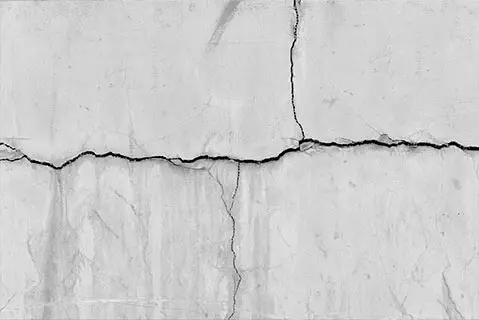
Horizontal wall cracks
These are a sure sign the foundation has moved, causing structural damage.
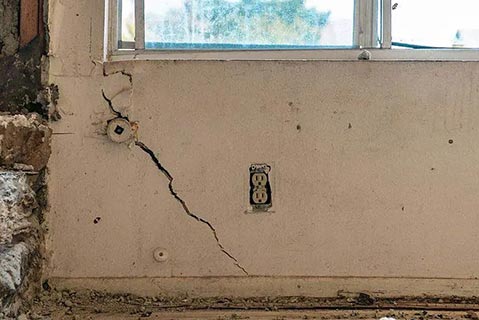
Diagonal cracks from the corners of windows and doors
Large diagonal cracks are a telltale sign the home’s structural integrity has been compromised.
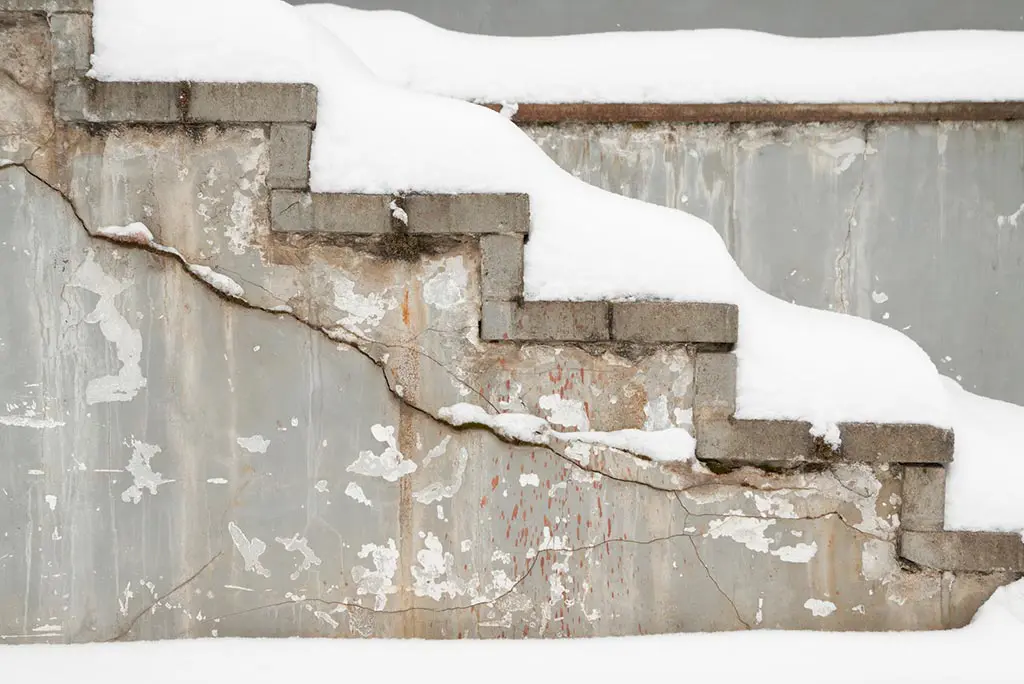
Stair step cracks in brick or masonry
This is another sure sign of foundation damage.
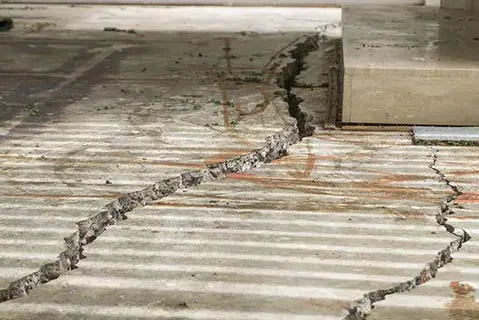
Floor cracks
Look for floor cracks that stretch from wall to wall. A crack limited to one or two tiles was probably caused when something fell on the floor.
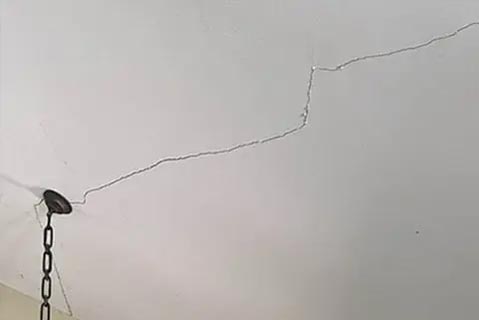
Ceiling cracks
While ceiling cracks could be a sign the foundation has moved, they could also be caused by something heavy on the floor above the ceiling.
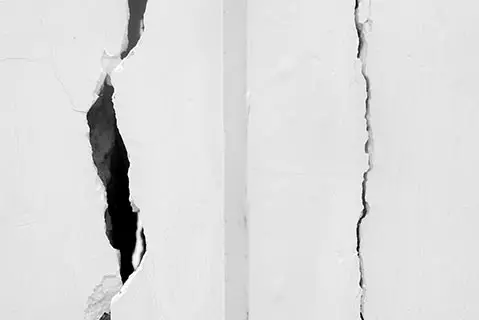
A series of vertical cracks next to each other
While vertical wall cracks are usually harmless, there is one exception: A series of vertical wall cracks next to each other. This is a strong indicator of structural damage.
If you see any of the above or anything else that looks suspicious, contact a foundation repair contractor right away.
What Causes Vertical Wall Cracks?
Vertical cracks in a poured concrete foundation wall are almost always caused by shrinkage during the concrete curing process.
Vertical wall cracks can also be caused by improperly taped drywall. This can occur when the person installing the drywall fails to use enough drywall mud. Eventually, the tape loosens, creating a crack that is sometimes vertical but not always.
Vertical wall cracks can also be caused by paint and plaster build-up over the years.
Repair Options For Vertical Wall Cracks
The chosen method for repairing a vertical crack obviously depends on what caused the crack. Here are some possible repair solutions:
For vertical wall cracks caused by shrinkage during the concrete curing process, the following are two common repair methods:
Epoxy crack injection
For vertical wall cracks in a poured concrete foundation wall caused by shrinkage during the concrete curing process, epoxy injection is a common repair method. It seals the crack and restores the wall’s structural integrity. The repair is quick and done from inside the home.
Polyurethane foam injection
Another method for sealing vertical wall cracks is polyurethane foam injection. It’s an effective method for stopping moisture intrusion through a cracked poured concrete foundation wall.
The solution for vertical wall cracks caused by improper drywall installation is to re-tape the drywall.
How To Prevent Vertical Wall Cracks
Vertical cracks in a poured concrete foundation wall are pretty common. In fact, you could even expect them to happen. Of course, you always want to make sure you hire a reputable building contractor who knows how to minimize the chance of them happening.
You can prevent vertical cracks in drywall by making sure the drywall is installed correctly.
If you’re concerned about one or more vertical wall cracks in your home, contact us today to schedule a free evaluation and receive a repair estimate. We serve Southern California, Arizona, and Nevada.
Also, check our another post – What’s Involved In A Home Foundation Inspection?

